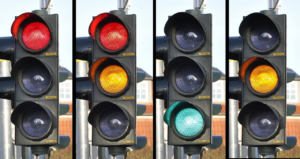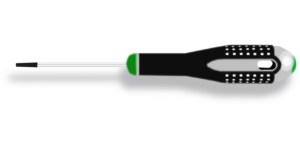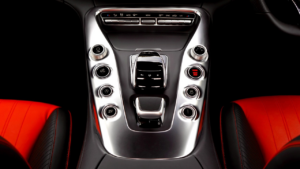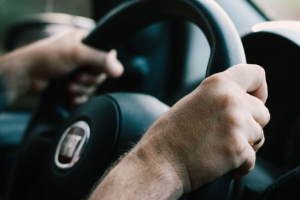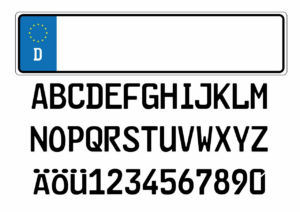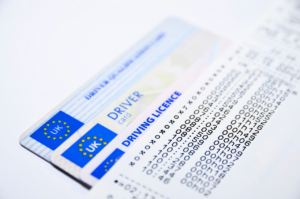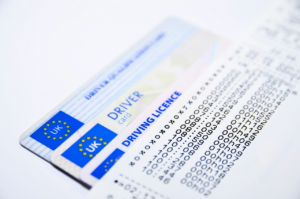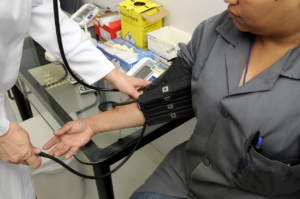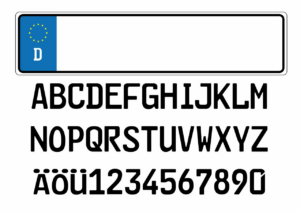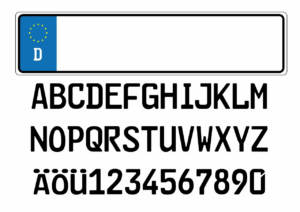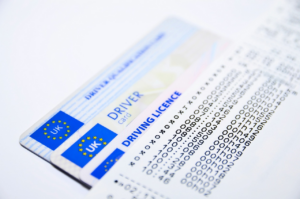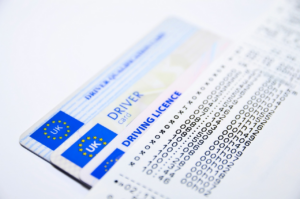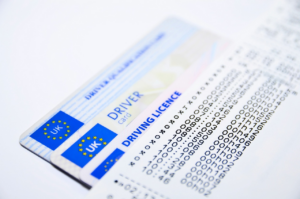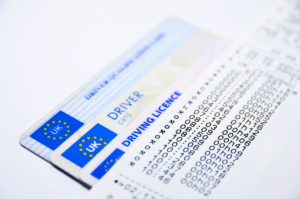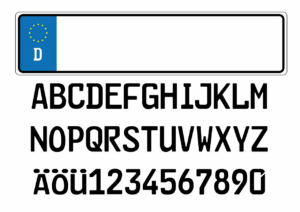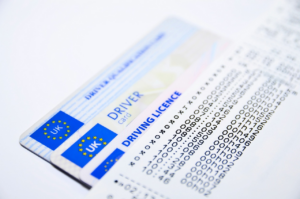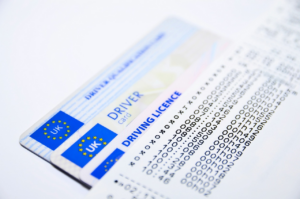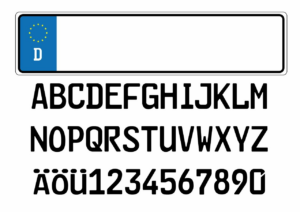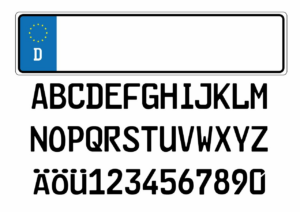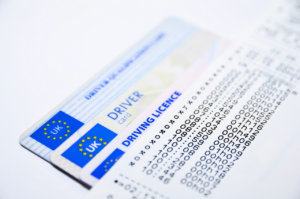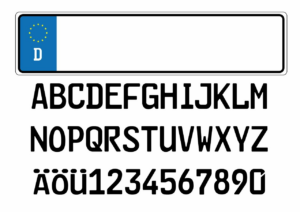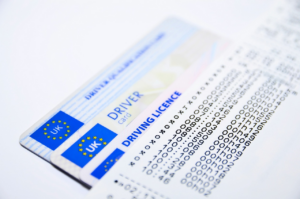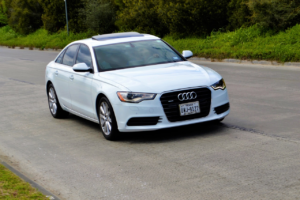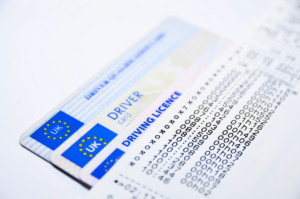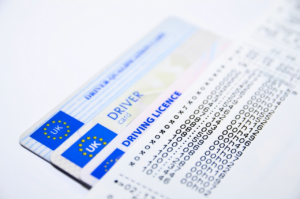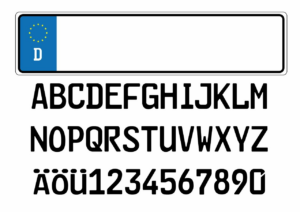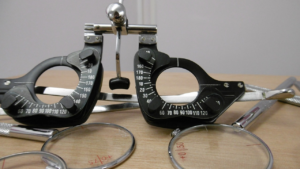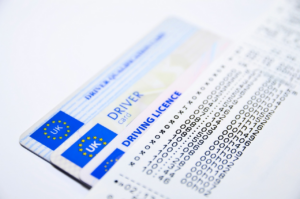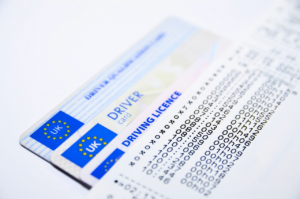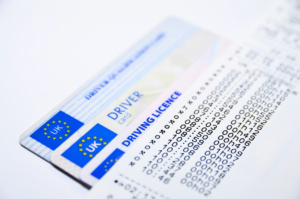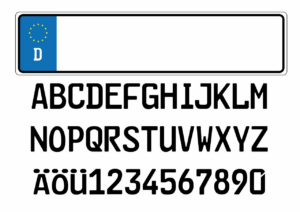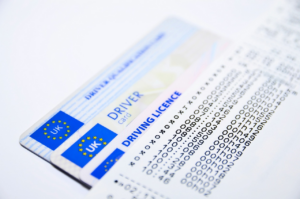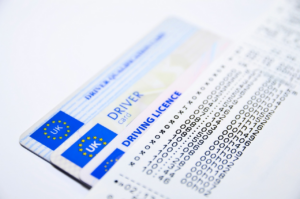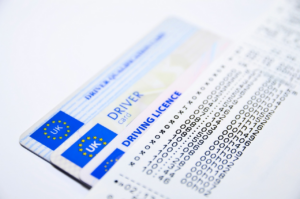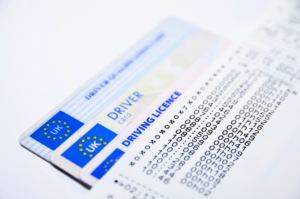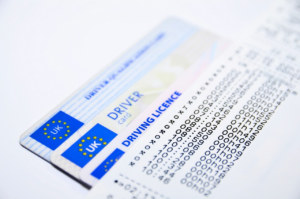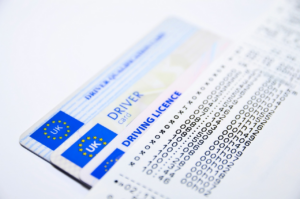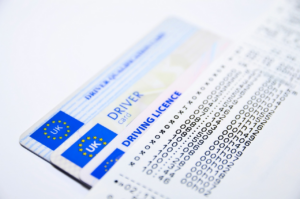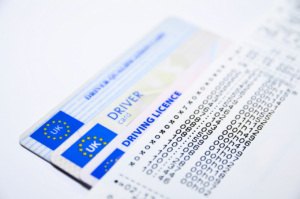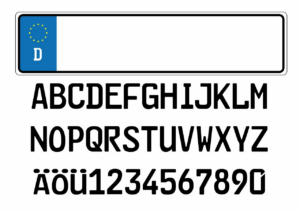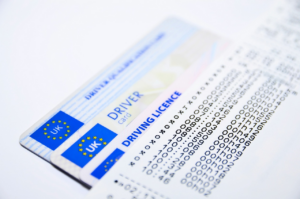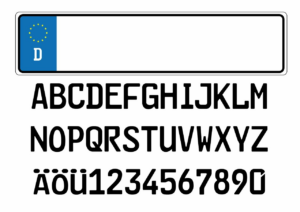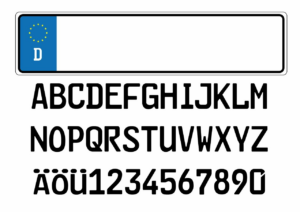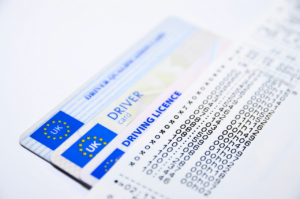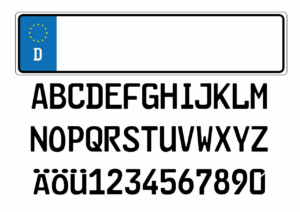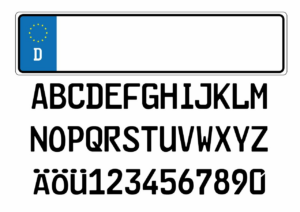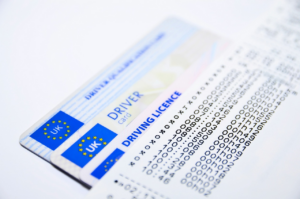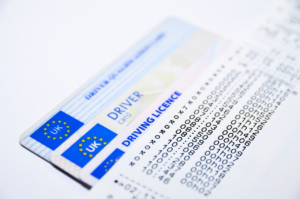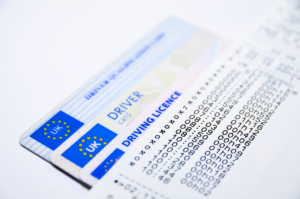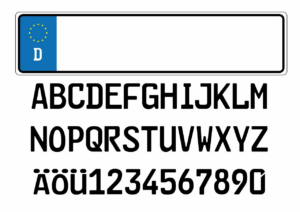If you’ve ever been intimidated by roundabouts, you’re not alone. These circular intersections can be confusing to navigate, especially if you’re unfamiliar with the basic rules and procedures. However, with a bit of knowledge and practice, you can learn to navigate roundabouts safely and confidently. In this article, we’ll share five tips and tricks for navigating roundabouts, from slowing down before entering to watching out for pedestrians and cyclists.
First and foremost, it’s important to understand the basic rules of roundabouts. Roundabouts are designed to keep traffic flowing smoothly and safely, and they operate differently from traditional intersections. In a roundabout, traffic flows in a counterclockwise direction around a central island, and vehicles entering the roundabout must yield to those already inside. By following these basic rules, you can avoid confusion and potential accidents in the roundabout.
So, let’s dive in and explore these tips in more detail.
Understand the Basic Rules of Roundabouts
Before you enter a roundabout, it’s essential to understand the basic rules – it’ll make your driving experience a whole lot smoother!
First and foremost, always yield to traffic already in the roundabout. This means that if there’s a car already inside, you should wait until it clears before entering yourself.
Keep in mind that the traffic flow in a roundabout is counterclockwise, so you must always turn left to enter and go around.
Another important rule is to always stay in your lane and avoid changing lanes inside the roundabout. This means that you should choose your lane based on your intended exit and stick to it until you’re out of the roundabout.
Additionally, never stop inside the roundabout – keep moving until you reach your intended exit. Remember, roundabouts are designed to keep traffic flowing smoothly, and stopping unnecessarily can cause confusion and delays for other drivers.
Slow Down Before Entering the Roundabout
You don’t want to risk a collision, so ease up on the gas and take it slow as you approach the roundabout. Remember that roundabouts are designed to slow down traffic, so it’s important to reduce your speed as you approach. The recommended speed limit for most roundabouts is around 15 to 20 miles per hour.
As you approach the roundabout, look for signs that indicate the proper lane to take. Check your mirrors and signal your intention to turn. Once you’ve determined which lane to take, continue to slow down and yield to any traffic already in the roundabout.
Remember, the traffic in the roundabout has the right of way, so wait for a gap in traffic before entering. By slowing down and being cautious, you can safely navigate the roundabout and avoid any potential collisions.
Keep a Safe Distance from Other Vehicles
Make sure to keep a good amount of space between you and the vehicle in front of you as you drive through the roundabout, allowing for a smooth flow of traffic and preventing any potential collisions. This is especially important in roundabouts with multiple lanes.
Here are some tips to help you maintain a safe distance:
-
Keep an eye on the vehicle in front of you and make sure you can see their wheels. This’ll give you an idea of whether they’re slowing down or accelerating.
-
If the vehicle in front of you is slowing down or stopped, leave at least one car length between you and them. This will give you enough space to maneuver around them if necessary.
-
If you’re in the outer lane and a vehicle in the inner lane is turning right, make sure to give them plenty of space. They may need to swing out to the left before turning, and you don’t want to be in their way.
By keeping a safe distance from other vehicles, you can avoid sudden stops and starts that can disrupt the flow of traffic and cause accidents. Remember to always be aware of your surroundings and adjust your speed and position accordingly.
In addition to maintaining distance from other vehicles, it’s also important to be aware of pedestrians and cyclists in and around the roundabout. They may be crossing the road or using the bike lane, so make sure to give them plenty of space and yield to them when necessary. By being considerate and cautious, you can help ensure the safety of everyone on the road.
Watch for Pedestrians and Bicyclists
Be mindful of pedestrians and bicyclists in the roundabout, as their safety is just as important as yours. Remember, roundabouts are designed to slow down traffic and make it easier for pedestrians and bicyclists to cross the road. However, just because there are designated crosswalks in the roundabout doesn’t mean that pedestrians and bicyclists are always safe.
Always be on the lookout for pedestrians and bicyclists when entering and exiting the roundabout, and yield to them if necessary. Keep in mind that pedestrians and bicyclists may be coming from different directions, so it’s important to stay alert and pay attention to your surroundings.
Additionally, make sure to use your turn signals to indicate your intentions, especially if you’re turning right and crossing a designated bike lane. By being aware of your surroundings and following the rules of the road, you can help ensure the safety of both yourself and others in the roundabout.
Look for Signs and Road Markings
As you approach a roundabout, take a moment to scan for signs and road markings to ensure you’re entering the correct lane and following the flow of traffic. Here are some tips to help you navigate roundabouts safely:
-
Look for directional arrows on the road surface. These arrows indicate which lane you should be in based on your intended direction of travel.
-
Check for yield signs. These signs remind you to yield to traffic already in the roundabout.
-
Keep an eye out for pedestrian crossings. These crossings are usually marked with zebra stripes and require you to yield to pedestrians.
-
Look for any additional signs that may indicate specific rules or restrictions for the roundabout, such as speed limits or lane changes.
By paying attention to signs and road markings, you can better understand the traffic flow and make safe decisions while navigating a roundabout. Remember to always yield to other vehicles and pedestrians, and to signal your intentions before entering or exiting the roundabout.
Be Prepared to Change Lanes
Now that you know to look for signs and road markings when approaching a roundabout, it’s time to focus on being prepared to change lanes.
Roundabouts often require drivers to change lanes, so it’s essential to know how to do this safely and smoothly.
Firstly, it’s crucial to always check your mirrors and blind spots before changing lanes. Signal your intention to change lanes and look for any gaps in traffic before making your move.
Remember that you should only change lanes when it’s safe to do so and not force your way into a gap that’s too small. If you miss your exit, don’t panic, simply continue around the roundabout and try again.
By being prepared to change lanes and taking the necessary precautions, you’ll be able to navigate roundabouts safely and efficiently.
Avoid Changing Lanes in the Roundabout
Changing lanes in a roundabout can be dangerous, so it’s important to stay in your lane and plan ahead for your exit. Avoid changing lanes in the roundabout as much as possible, unless it’s absolutely necessary.
Changing lanes can increase the risk of accidents, especially if other drivers don’t see you or aren’t expecting you to change lanes. It can also be confusing for other drivers, especially if there are multiple lanes in the roundabout.
If you need to change lanes, make sure to signal well in advance and check your mirrors and blind spots before doing so. Keep in mind that you should only change lanes when it’s safe to do so, and only if it will help you reach your exit more easily.
If you miss your exit, don’t panic. Simply continue around the roundabout and try again. Remember, it’s better to be safe than sorry, so be patient, stay focused, and always follow the rules of the road.
Practice and Build Confidence
You can become a more confident driver in roundabouts by practicing and gaining experience. The more often you drive through roundabouts, the more familiar and comfortable you become with the rules and procedures.
Start by seeking out roundabouts in your area and driving through them regularly. If you’re nervous about entering a roundabout, start by observing other drivers and their behavior. You can watch how they enter and exit the roundabout, the speed at which they travel, and how they use their turn signals.
It’s important to remember that every roundabout is different, and each one may present its own unique challenges. As you practice, you’ll start to recognize these differences and learn how to adjust your driving accordingly. You may also want to practice entering and exiting roundabouts at different speeds, so you can get a feel for how your vehicle handles in different situations.
With practice and experience, you’ll gain the confidence you need to navigate roundabouts safely and efficiently.
Frequently Asked Questions
What should I do if I miss my exit in a roundabout?
If you miss your exit in a roundabout, don’t panic. Simply continue around the roundabout until you reach your desired exit again.
It’s important to remain calm and not make sudden turns or lane changes, as this can cause accidents. Use your turn signal to indicate your intended exit and be aware of other drivers around you.
Remember to always yield to pedestrians and cyclists, and to follow the posted speed limit. By staying focused and following these steps, you can safely navigate a roundabout even if you miss your exit.
Can I use my turn signal when exiting a roundabout?
Yes, you should always use your turn signal when exiting a roundabout. This not only lets other drivers know where you’re going, but it also helps prevent accidents. When approaching the roundabout, signal right to indicate that you intend to exit. Keep your signal on until you’ve exited the roundabout completely.
It’s also important to remember to yield to traffic already in the roundabout and to stay in your designated lane. By following these simple guidelines, you can navigate roundabouts safely and efficiently with minimal hassle.
How do I know which lane to use in a multi-lane roundabout?
When approaching a multi-lane roundabout, it’s important to first determine your intended exit. Look for signs or markings on the road that indicate which lane leads to your desired exit.
If there are no markings, keep in mind that the right lane is typically used for turning right or going straight, while the left lane is used for turning left or going straight. As you approach the roundabout, use your turn signals to indicate which lane you plan to enter.
Once you’ve entered the roundabout, stay in your lane and continue to use your turn signal when exiting. Remember to always yield to pedestrians and bicyclists, and keep a safe following distance from other vehicles.
By following these guidelines, you can navigate multi-lane roundabouts safely and confidently.
Are there any specific rules for large vehicles or trucks in roundabouts?
When it comes to navigating roundabouts, there are specific rules that large vehicles and trucks must follow. Firstly, it’s important to use the outer lane when approaching and exiting the roundabout as this will provide more space for the vehicle to maneuver.
Secondly, it’s essential to take extra care when entering the roundabout and to make sure that there is enough space for the vehicle to safely navigate through.
Thirdly, it’s crucial to be aware of other vehicles and pedestrians when using the roundabout, as well as following any signage or road markings.
Lastly, it’s vital to maintain a safe speed and avoid sudden lane changes or turns, as these can cause accidents or collisions.
By following these rules, large vehicles and trucks can navigate roundabouts safely and efficiently.
Is there a maximum speed limit for driving in a roundabout?
When driving in a roundabout, it’s important to keep in mind that there is a maximum speed limit that you should adhere to. While there may not be a posted speed limit sign, it’s recommended that you drive at a speed of no more than 20-25 miles per hour.
This is because roundabouts are designed to slow down traffic and create a safer environment for all drivers, pedestrians, and cyclists. Going too fast can not only put you and others in danger, but it can also cause you to miss your exit or cut off other drivers.
So, remember to slow down and stay alert when approaching and navigating a roundabout.
Conclusion
Now that you’ve learned the basic rules and safety tips for navigating roundabouts, you can confidently approach them on the road.
Remember to always slow down before entering the roundabout, keep a safe distance from other vehicles, and watch for pedestrians and bicyclists. Look for signs and road markings that indicate which lane to take and be prepared to change lanes if necessary.
It’s important to practice and build your confidence when navigating roundabouts. The more experience you gain, the easier and safer it will become.
By following these tips and tricks, you can ensure a smooth and stress-free driving experience through roundabouts.
So next time you encounter a roundabout on your journey, take a deep breath, follow the rules, and enjoy the ride!





